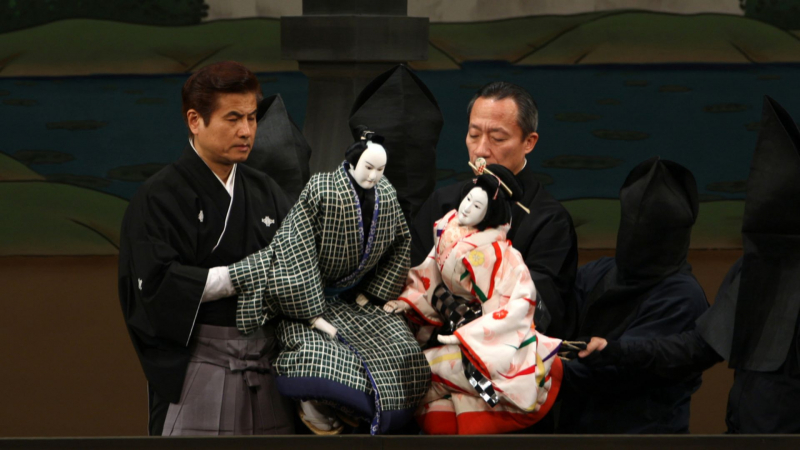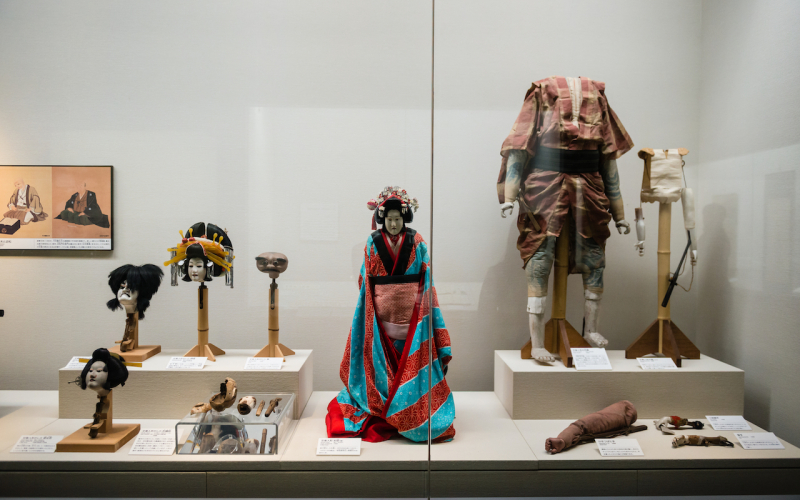Puppets Art

Puppets art would be the next reason to visit Osaka. Osaka must also have dolls and puppets in addition to its over three million residents. This is because Bunraku, a traditional form of Japanese puppet theater, originated in the city. The astonishingly supple and lifelike puppets will make even the most irate theater averse people confess they are amazing. Additionally, the Kuidaore Taro, a clown-dressed drummer doll, resides on Dotonbori, a busy thoroughfare in the center of Osaka. After the renowned Cui-daore restaurant in Osaka closed in 2008, the Kuidaore Taro was relocated to a nearby retail center. He continues to be a symbol of the city, much like the enormous mechanical crab that welcomes guests to the Kani Doraku crab restaurant.
Japanese puppet theater known as bunraku was first performed in Osaka in the 1680s. It is the oldest and most well-known type of Japanese puppetry. Three puppeteers control bunraku puppets, which are roughly half the size of a human. It can take years to master the techniques required to operate the puppets because bunraku puppetry is a highly slow and delicate art form. The role of Jruri, a blind pianist who performs with the bunraku puppets, is the most well-known bunraku puppet. A puppeteer who also delivers the lines as Jruri performs the role. In Japan, bunraku puppetry is a well-liked type of entertainment, and Osaka and Tokyo both have a number of reputable puppet theaters. Japanese people continue to be drawn to the art form of bunraku, which has been passed down from generation to generation. It is an intangible cultural manifestation that has been recognized as such by UNESCO. Bunraku is distinctive in that it only uses one puppet in the sannin-zukai, which is controlled by three puppeteers. This is the reason why people have visited the theater so frequently over the years.









